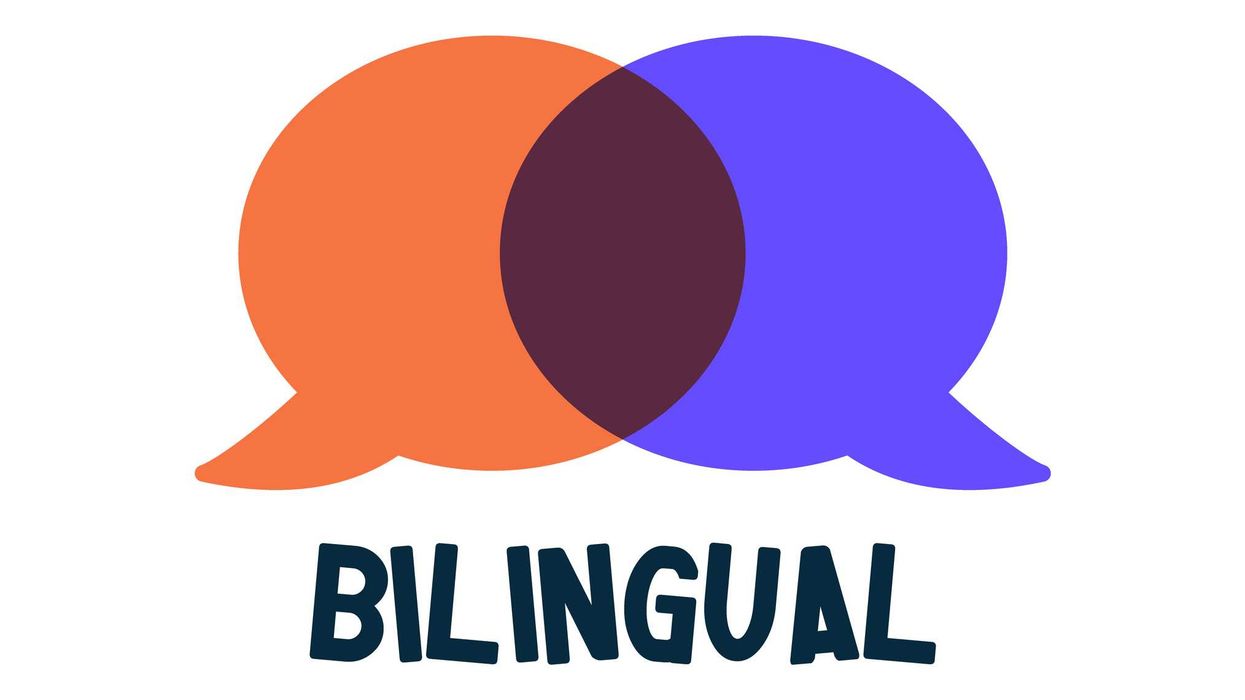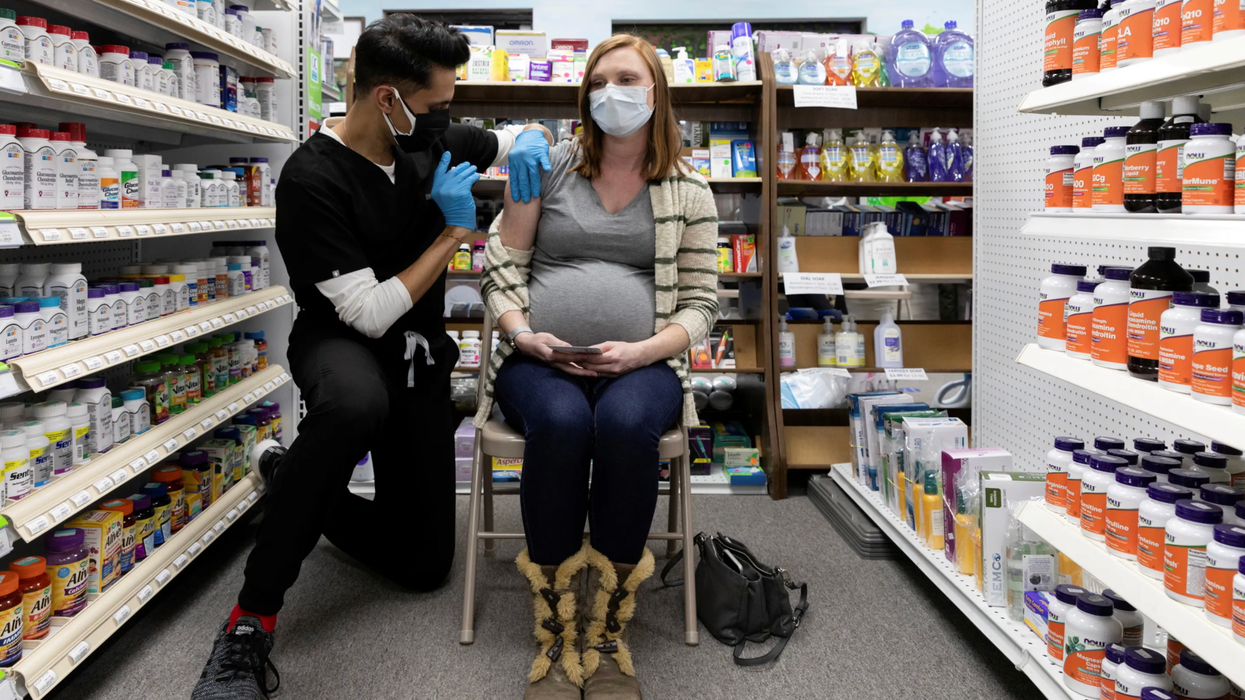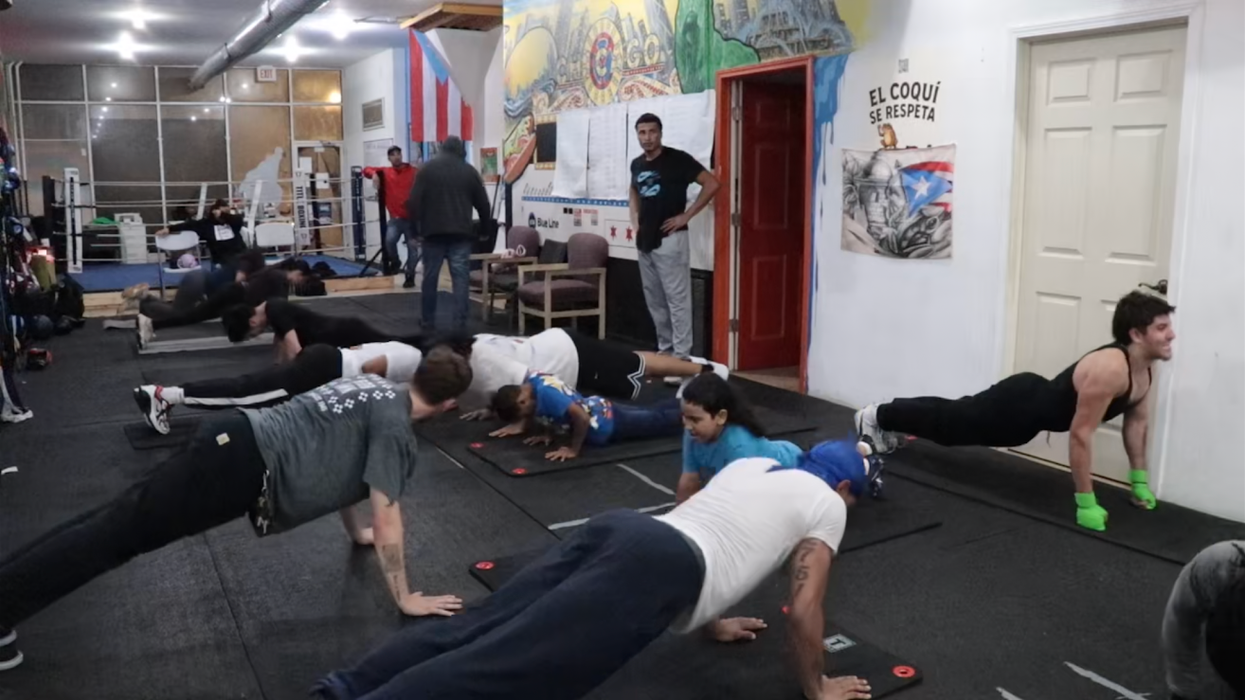For decades, American classrooms have been haunted by a myth. It goes by many names — “the word gap,” “the language gap,” “early vocabulary deficit” — but the idea is simple: children from non-English-speaking or low-income homes hear fewer words before kindergarten and therefore start school already at a disadvantage. That assumption has shaped how millions of children are seen before they ever set foot in a classroom.
In my own home, that idea would have sounded foreign. My mother, an educator who has spent her life promoting bilingual learning in Brazil, taught me early on that “every new language we learn multiplies the brain’s synapses and opens up unimaginable doors.” Years later, after moving to the U.S. as an international college student, I encountered the opposite message in schools — that bilingualism hinders learning instead of expanding it.
That belief gained traction in the 1990s, fueled by research that claimed children from professional families hear thirty million more words than those from working-class homes by age three. Among the most cited was the 1995 study by researchers Betty Hart and Todd Risley, which came to define what educators now call the “language gap.”.
The theory sounded scientific. It appeared in policy reports, teacher training, and public campaigns for decades. Yet, as scholars Teresa McCarty and Sheilah Nicholas argue in Unseen WEIRD Assumptions, it rests on a narrow worldview: one that measures intelligence through the lens of WEIRD societies: Western, Educated, Industrialized, Rich, and Democratic. It privileges certain ways of talking and questioning while overlooking the richness of multilingual communication that defines millions of Latino households.
A Gap Built on the Wrong Assumptions
The “language gap” idea — the belief that some children enter school at a linguistic disadvantage — shaped U.S. education policy for decades. It traces back to the 1995 Hart and Risley study, which claimed that by age three, children from professional families heard 30 million more words than those from working-class households.
But as Teresa McCarty and Sheilah Nicholas argue in Unseen WEIRD Assumptions, that research only studied English-speaking, middle-class families. It equated intelligence with one cultural style of talk: constant child-directed speech and questioning. For many Latino households, communication takes on other forms — such as storytelling, songs, prayer, and communal conversation — that pass on knowledge in different yet equally rich ways. To call those practices “deficient” misunderstands what learning sounds like outside the WEIRD world.
How the Myth Shapes Classrooms
Despite growing criticism, traces of the “language gap” still echo in classrooms. Bilingual children are often labeled “behind” for not mastering English quickly enough. Teachers sometimes urge parents to “speak only English at home,” though research shows bilingualism actually boosts literacy. And standardized tests continue to measure understanding through English vocabulary rather than concept or reasoning.
These assumptions send a clear message: that a child’s home language — and by extension, identity — doesn’t belong in school. The result is lower expectations, misplaced remediation, and families pressured to choose between belonging and self-expression.
Communities Leading the Change
Across the country, Latino educators and families are rejecting deficit thinking and proving that bilingualism is an advantage, not a limitation.
Dual-Language Immersion.
From Los Angeles to Houston to Salt Lake City, dual-language schools are experiencing rapid growth. Students learn in both English and Spanish, alternating languages by subject or week. Studies show that these students match or surpass their peers in reading and cognitive skills by middle school. Utah’s statewide program now reaches over 40,000 students — one of the largest in the nation.
Parent Empowerment
Programs like Abriendo Puertas and Padres Comprometidos train Latino parents to advocate for their children while celebrating cultural identity. Instead of discouraging Spanish at home, they promote bilingual storytelling and conversation as tools for learning. Evaluations of Padres Comprometidos found that participating families became more confident in supporting their children’s learning and more likely to engage in bilingual activities at home.
Translanguaging Classrooms.
In schools from New York to New Mexico, teachers invite students to use all their languages to think and create — brainstorming in Spanish, writing in English, discussing in Spanglish. In border communities like El Paso, Texas, teachers have embraced translanguaging as a strength. ‘We stopped punishing kids for being bilingual,’ one teacher said, ‘and they started thriving.’
Why It Matters for the Country
Nearly 12 million K-12 students in the U.S. speak a language other than English at home. That’s not a challenge to fix — it’s a national resource. Bilingual workers strengthen education, health care, and business; bilingual thinkers bridge cultures and communities. Yet education policy still prioritizes English-only outcomes, even where most students are multilingual.
The persistence of the “language gap” reflects something deeper: an American discomfort with linguistic diversity that mirrors larger tensions about race, identity, and belonging.
Listening, Not Measuring
If Unseen WEIRD Assumptions teaches anything, it’s that language is never neutral — it reveals whose voices society values. For too long, success has been measured through monolingual norms, blaming those who don’t fit.
But the solution is already visible. When a mother sings a lullaby in Spanish, when a child mixes languages to explain a science project, when teachers invite stories in students’ own words — those aren’t deficits. They’re the sound of learning in motion.
To close the so-called language gap, America doesn’t need more word counts or remediation programs. It needs recognition: bilingualism isn’t an obstacle to overcome but a form of brilliance to cultivate.
Maria Eduarda Grill is a student from Brazil studying Global Affairs and Economics at the University of Notre Dame. She is a fellow with Common Ground Journalism and a researcher with the Kellogg Institute, where she studies digital governance and media freedom in Latin America.
The Fulcrum's Executive Editor, Hugo Balta is an instructor with Commmon Ground Journalism. He is an accredited solutions journalism and complicating the narratives trainer.



















